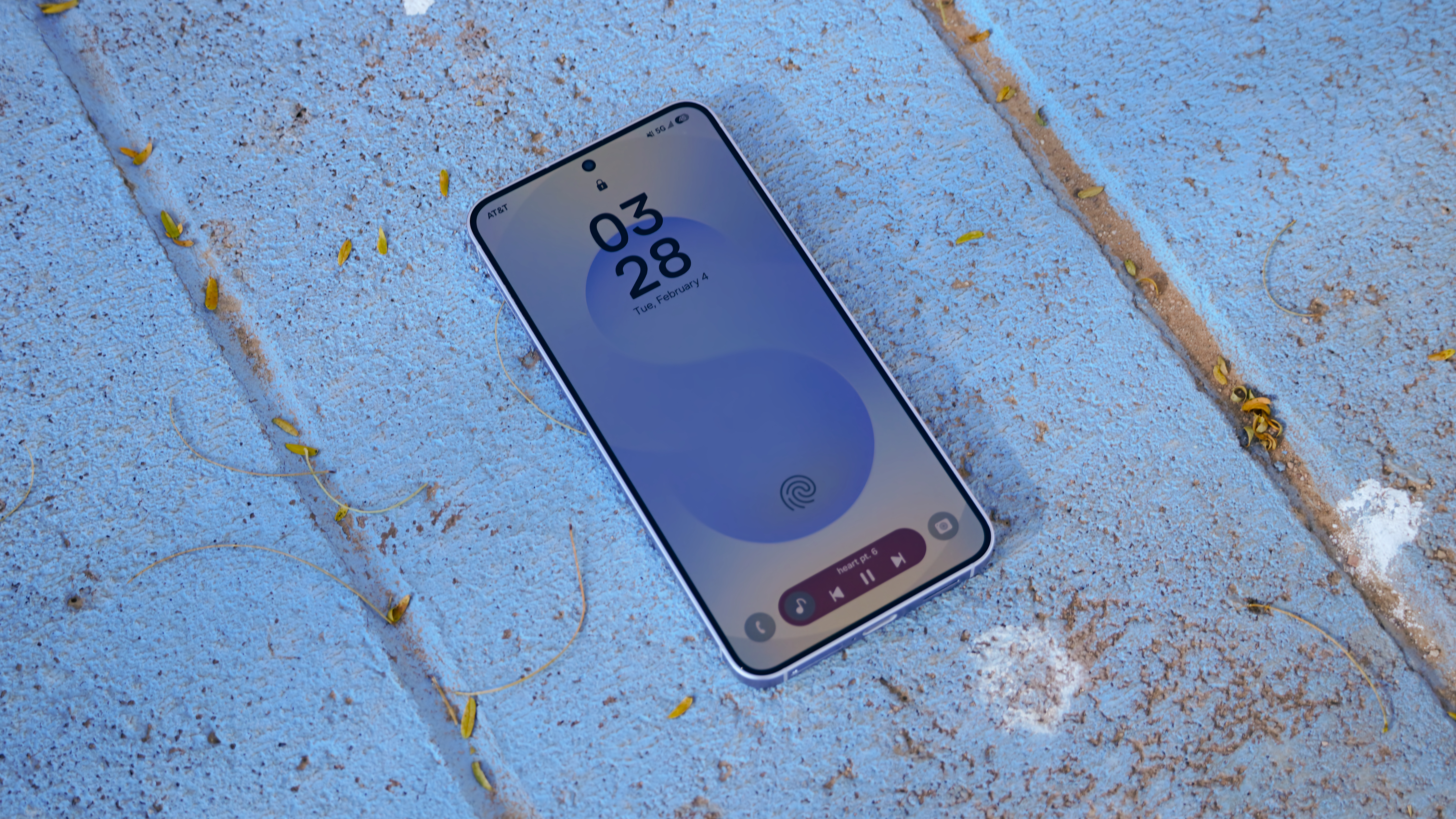Customization, colors, and accessories: making the smartphone fashionable - Talk Mobile
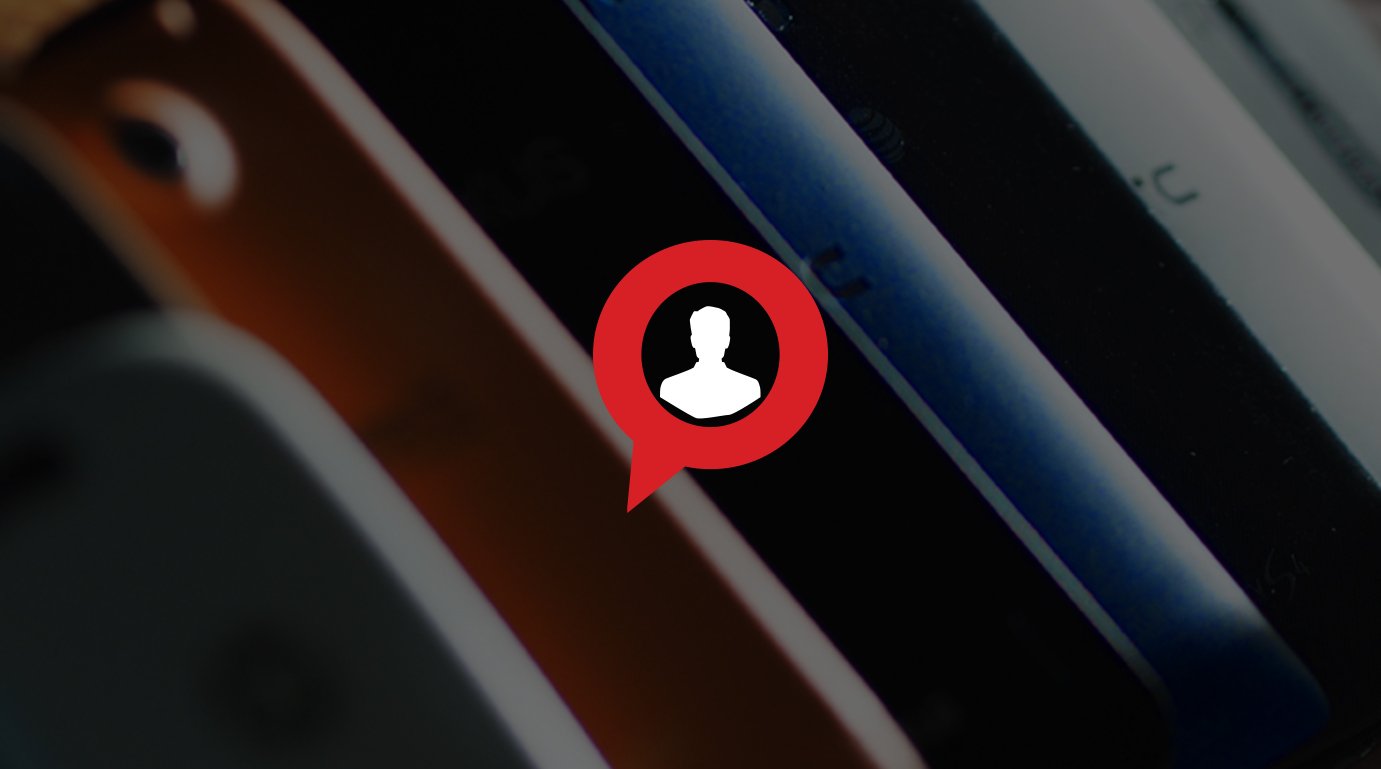
Presented byBlackberry
Talk Mobile You
Customization, colors, and accessories: making the smartphone fashionable
by Rene Ritchie, Daniel Rubino, Kevin Michaluk, Phil Nickinson
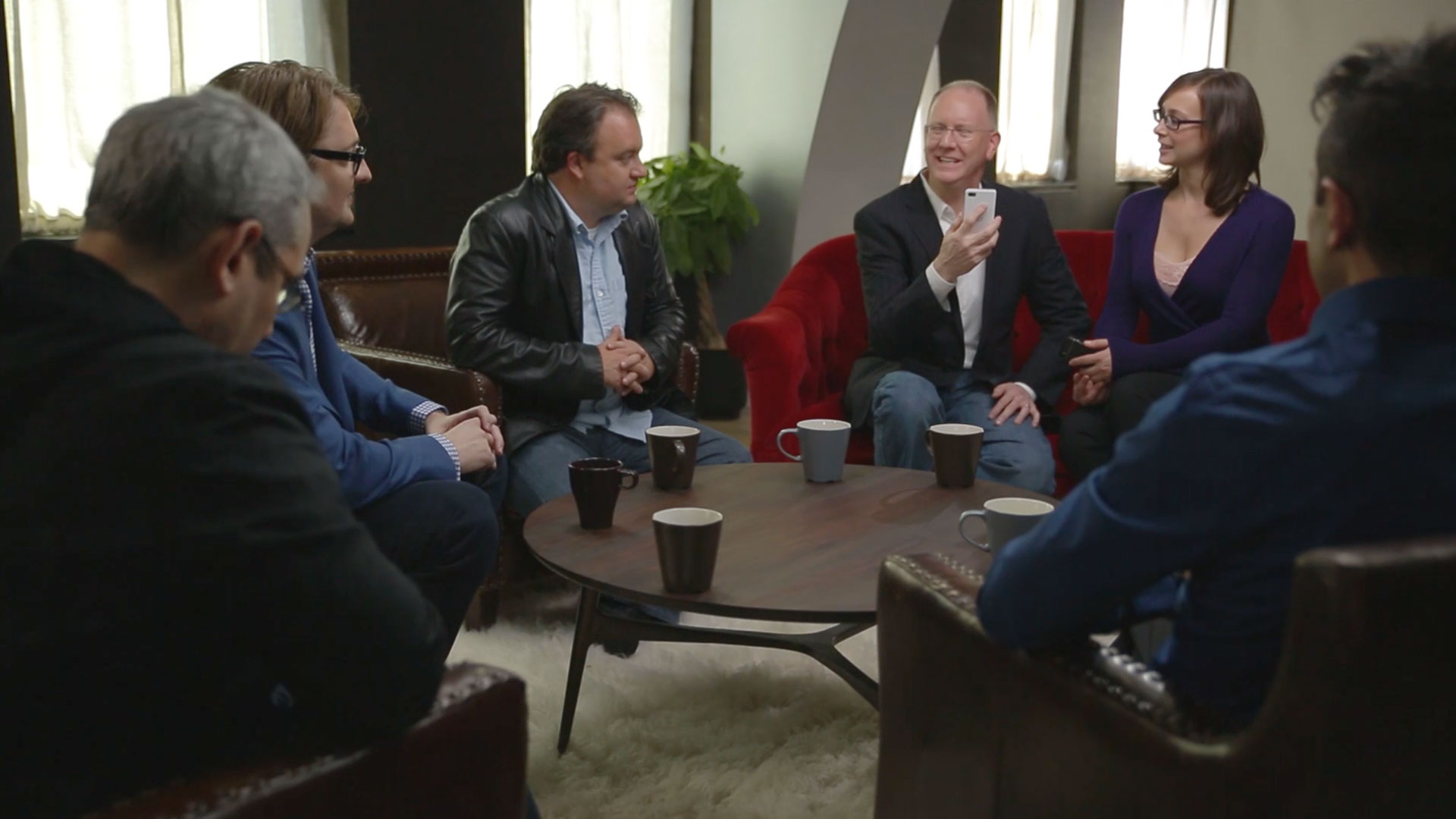
For all the time we've spent in Talk Mobile talking about specs, services, carriers, and usage, we haven't spent much time on what these devices look like. Sure, they're mostly glass slabs with white or black framing (with a few exceptions), but beyond that glass, what else is there?
With unit sales moving well past the millions monthly, with people willing to line up overnight to be among the first to own a device, has fashion become a defining characteristic of a smartphone? Is consumer fever over devices like the new gold-colored iPhone 5s just a fluke, or part of a larger trend?
So just how important is fashion with your smartphone? Is it better to be able to customize the software or the hardware? Are our smartphones to be accessorized, or are they already accessories themselves, primed to be swapped out to match your shoes or your shirt?
Let's get the conversation started!
Be an expert in 5 minutes
Get the latest news from Android Central, your trusted companion in the world of Android




Mobile Fashion
Articles navigation
- Software customization
- Customization challenges
- Hardware customization
- Fashion accessories
- Personal reflection
- Swapping phones
- Conclusion
- Comments
- To top

01
I'd rather the phone just work than spend all day tweaking it
When we're young and full of energy, we want to make a statement. We dress to impress or to rebel. We pierce. We tattoo. As time goes by, however, we dress the way we have to, or the way that's the most comfortable or least bother. (Close that robe, dammit!)
When I was a kid I built my PCs from scratch, tuned them just the way I wanted them stripped down and tricked out Windows every which way I could, and changed it up all the time. It was new, I was new, and I had the time and interest in not only using it, but making it mine. Then I got busier and busier, and I had less and less time to work on my PC. I needed it to work for me. Now I have a Mac that's as stock as stock can be. I don't even bother changing the wallpaper.
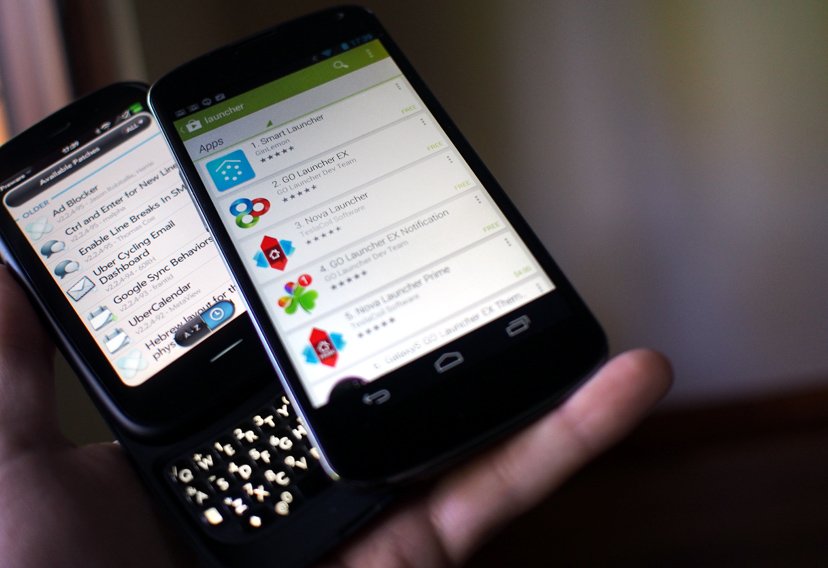
Customize this
Thanks to its open source nature from the start, Android has remained one of the most easily customized and heavily customizable modern mobile operating systems. The Google Play Store plays host to thousands of custom lock screens, launchers, keyboards, and even notification systems.
While Android was built as open source, the web-based nature of Palm webOS made that operating system even easier to customize. A small but active homebrew community rose around webOS, creating hundreds of themes and customizable tweaks to the operating system. They were publicly distributed through the open source installer Preware, built by the community-run and -supported WebOS Internals organization.
Mobile is the same way for me. I had Palm and Windows Mobile PDAs and later phones, and I customized the stuffing out of them. Icon sets, themes, skins, you name it, I hacked it. My first iPhone was jailbroken, and so were many of my follow ons.
But just like with PCs, over time I stopped. I stopped working on my devices and let them start working for me. For the last couple of years, my setup on my iPhones and iPads has been stock. No bothering with changing the alert tones or the wallpaper or even the icons on the start screen.
I stopped working on my devices and let them start working for me.
So how much does software customization matter? At one end of the spectrum, it matters a great deal. It means everything. It means making your devices uniquely yours. On the other end of the spectrum, it matters nothing. You have no time for it.
We all go through that spectrum, and multiple times. Figure out where you are on it, and then figure out how much it matters to you.
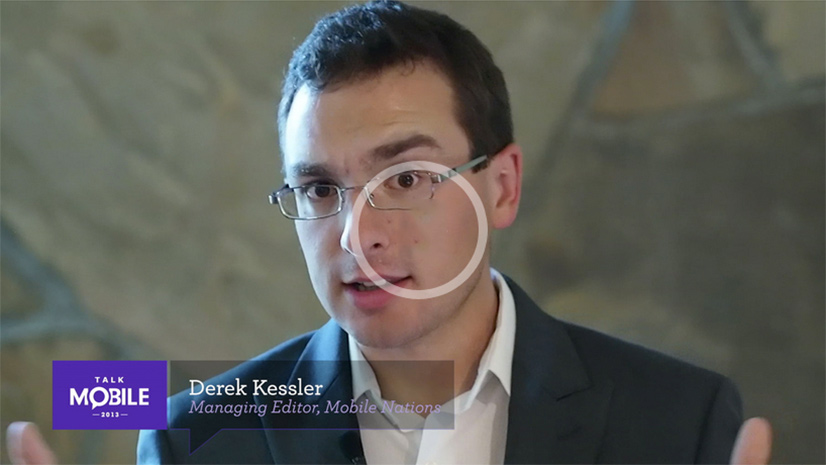
Increased customization presents deeper challenges to the user
Derek Kessler / Managing Editor, Mobile Nations
What do you wish was customizable about your smartphone?
876 comments
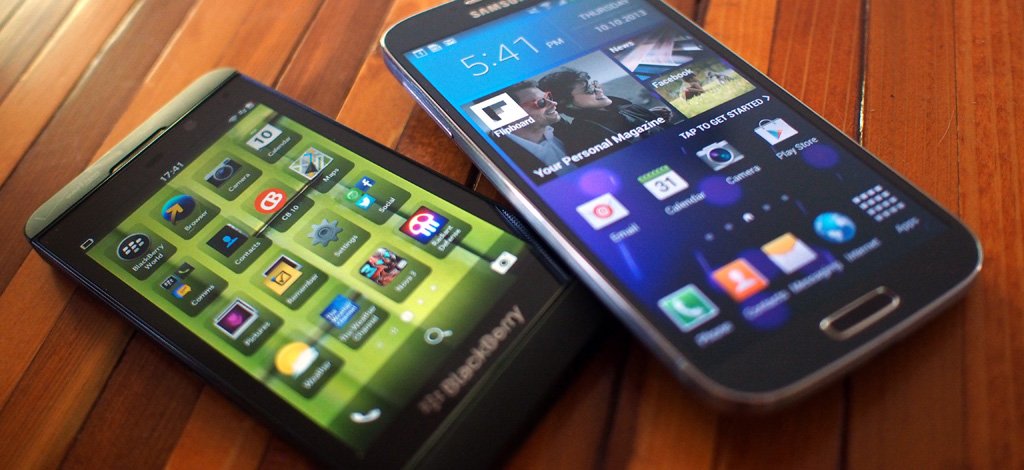

02
Bringing a dash of much-needed color to a monotone industry
Ask anyone who's ever customized anything — well, ever — and they'll tell you that custom doesn't come cheap. Whether it's a car, or a tailored suit, or a home remodeling job, you'll pay a premium for the privilege of being different.
Some of that is just economies of scale. Being able to mass-produce the same product over and over again — the same way each time — is more efficient, and therefore more economical.
But that's boring, isn't it?
Customization isn't necessarily the be-all end-all for smartphones and tablets. But consumers do want at least a bare minimum of choice. It is, often literally, a black-and-white question. You can have any color you want, so long as it's one of those two. Or gold, which is now apparently a thing.
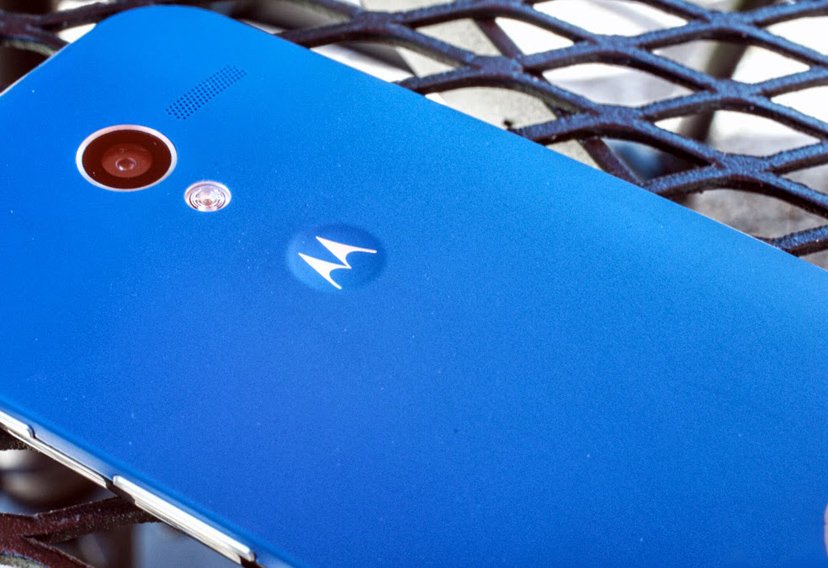
X marks 504 spots
On August 2nd, 2013, Motorola came back into the limelight with the unveiling of the Moto X. Though the smartphone sported upper-mid-range specs, the software on the device (Android 4.2.2 with only a few additions) excited the enthusiast community, as did Motorola's unprecedented customization scheme.
Using MotoMaker.com, buyers can design a custom Moto X, changing the color of the front, back, and accent pieces, as well as having the device already synced to their Google Account. To assemble the 504 color and storage combinations, Motorola put together a 2,500-person factory in Texas with the goal of having custom devices in customers hands within four days of ordering.
That tide has begun to turn. Accessories long have been the cheapest and easiest way to customize — you can change your phone without actually changing your phone. But now we're seeing proper choices in colors. The charge has been led by Nokia, and to a lesser extent HTC. But mid-2013 saw Motorola come on strong with the assembled-to-order Moto X — you can pick from any number of colors for the back, front and accents on the phone — and with the new colorful iPhone 5c.
We're not yet at a place in which it's feasible to custom-order the specific hardware that goes into a smartphone.
That's all cosmetic, though. We're not yet at a place in which it's economically feasible to custom-order the specific hardware that goes into a smartphone or tablet. Save for the total amount of on-board storage, that is. That's a relatively easy — and inexpensive — option for the manufacturers to offer. Flash memory is bought in bulk, with prices set far in advance, and they're all soldered onto the circuit board long before you've placed your order.
Yes, it'd be nice if you could pick your camera module. Or your processor. Or order up a little extra RAM, if that's what you think you need. But it's just not yet a viable solution. The testing that mobile devices have to undergo, to say nothing of the underlying cost that sort of customization entails, means that, for now, we'll have to make do with a base color, or aftermarket accessories.
Talk Mobile Survey: Mobile You
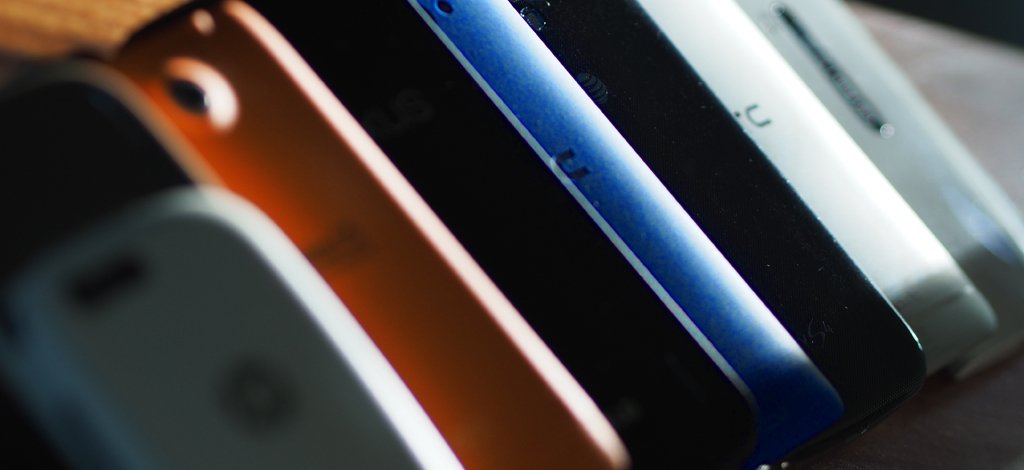

03
Making the cases for making a fashion statement
I like to divide the timeline of smartphones into BI and AI - before iPhone and after iPhone. Before the iPhone our smartphones were designed as tools first. Some had nice design cues, and a few came in varied colors, but by and large they were utility first, fashion second.
The arrival of the iPhone changed that notion, landing as a markedly attractive device in a world of otherwise staid communicators. The first iPhone sold well, but it was still a unique device, something that owners wanted to show off.
An industry that had subsisted on a desire for protection saw its stock skyrocket on fashion: cases.
But it was also fragile. The aluminum back scratched far too easily and the new glass front panel was prone to shattering if dropped. And so an industry that had subsisted before on a desire for rock solid protection of already durable devices saw its stock skyrocket on fashion: phone cases.
But the iPhone's increasing popularity greatly diminished the uniqueness of owning one. Everybody knew somebody who owned an iPhone, and the novelty of having one in public dropped. How were we unique humans to stand out in a crowd when we all had black slabs? Cases, that's how.
As the iPhone shifted smartphones from business tools to consumer devices and dramatically expanded the size of the market for all players, so too did the fortunes of the case makers. Suddenly the economies of scale made it easy to mass produce a wide variety of cases, from simple black clip-on affairs to leather wraps to sleeves studded with rhinestones and spikes.
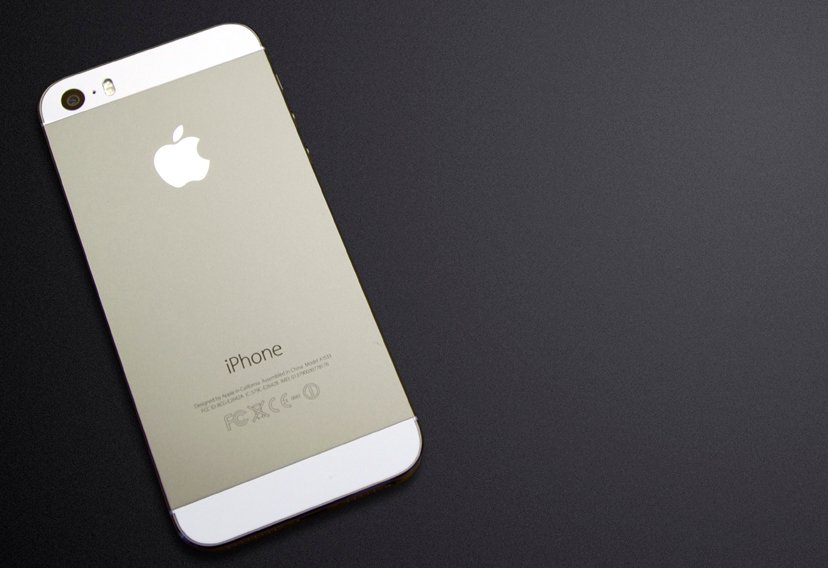
Going for gold
Rumors leading up to the launch of the iPhone 5s pegged gold as a third color option in what had previously only been a black or white affair. Initial reaction to the concept of a gold iPhone was negative, with critics deriding the planned color as gaudy.
Consumer demand for the gold iPhone 5s (which is more "champagne" colored than bling) outstripped supply on the first day of sales. Many stores, even flagship Apple retail locations, only had a few units on hand. Apple CEO Tim Cook stated that the company is ramping up production of the gold iPhone 5s to meet demand, but availability weeks after launch was still sparse. Whether the shortage was a miscalculation, the fault of manufacturing difficulties, or a deliberate ploy is unknown at this point.
Cases, of course, aren't the only accessories that can be paired up with smartphones. A several have included charm loops, and there's an ever-expanding array of headsets, speakers, fitness trackers, smart watches, and other accessories that can accompany and augment your smartphone's abilities. Some are even rather attractively designed, but more often than not their aesthetics are that of a standalone device.
Cases and wraps change the look of your smartphone, as well as adding a layer of protection to devices that generally are nowhere near as durable as they used to be. They let you make the phone truly yours in a way that picking from one of the three or four available colors and putting your favorite wallpaper on it just can't.

My phone is an extension of my personality.
Georgia / Host, ZEN & TECH
Do you use a case or skin on your smartphone?
876 comments
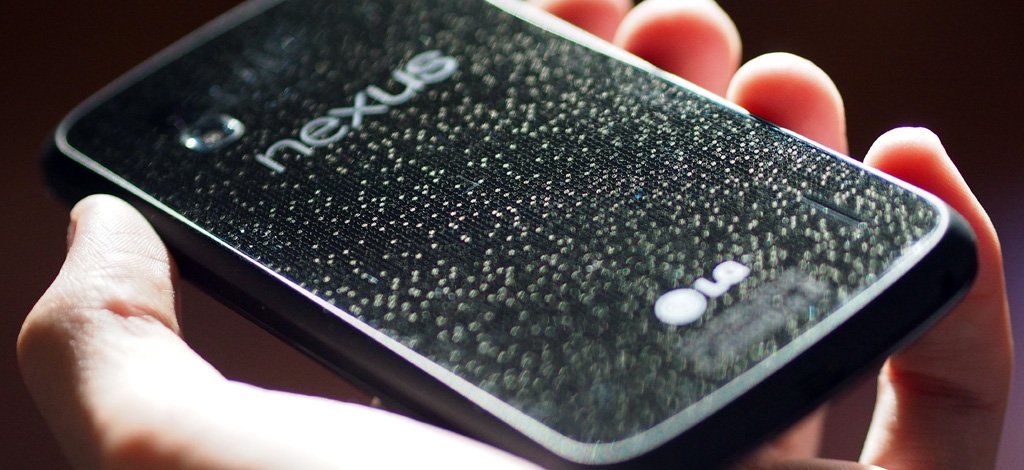

04
The black smartphone doesn't have to go with everything
Are smartphones now accessories? In many ways, yes. Three factors have contributed to this trend: lower cost devices, the ability to swap out SIMs, and the advent of cloud backup for syncing contacts, data, and more. SIM cards have made it quite easy to swap devices (unless you're on a CDMA carrier like Sprint or Verizon), even through the transition to the smaller Micro SIM and the just-beginning Nano SIM transition.
Smartphones have dropped so far in price that normal people might not even blink at the thought of buying one as an extra. This is especially true in the Android and Windows Phone spaces, while older but still adequate BlackBerry phones and iPhones have been reduced to reasonable off-contract prices.
Smartphones have dropped so far in price that normal people might not even blink at the thought of buying one as an extra.
Want to try a new OS and see what it's all about? $99 can get you a colorful 4-inch Nokia Lumia 520 running Windows Phone, or for $199 you can check out the latest and purest version of Android on the Nexus 4.
Given the rapid rate of progress in the smartphone space, older flagship phones are often available for reasonable prices. Or maybe you have a techie friends who always has a few extras that you can borrow.
With most services now living in the cloud, switching between devices and platforms is easy. All it takes is a few passwords to set up a new device.
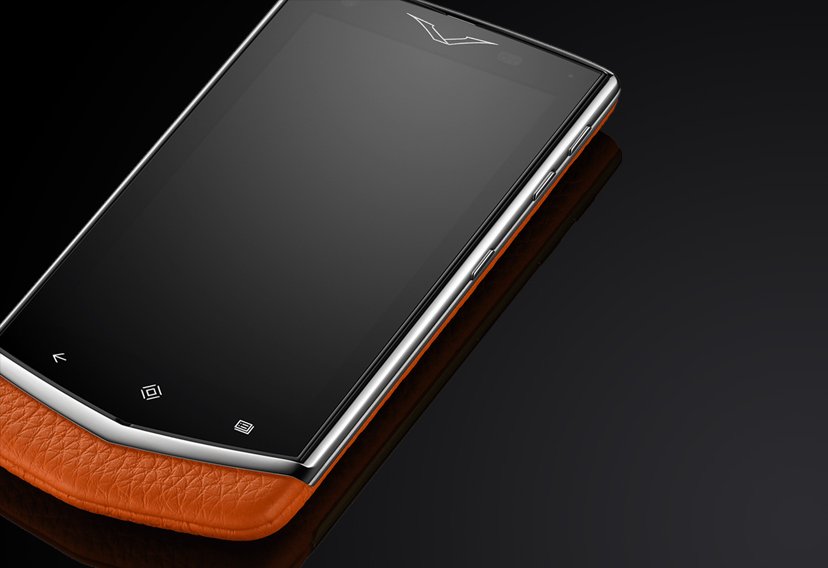
Form over function
While early mobile phones focused on functionality, Nokia saw a market for finely-crafted luxury devices and established the Vertu subsidiary in 1998. Vertu's devices were often functionally no better (if not worse) than their consumer counterparts, but were constructed of stainless steel, titanium, and sapphire, along with calf leather and jewelled bearings.
In early 2013 Vertu released its first smartphone, the Android-powered Ti. Inside its titanium shell were the guts of a upper-mid-range smartphone, but priced the phone at an eye-popping $10,500. A successor was announced in October 2013, the Constellation; slightly more powerful than the Ti and retailing for $6,400.
To date, Vertu has sold a hair over 326,000 phones.
Image Source: Vertu
Feel like that bright red Lumia 520 is too bright for the corporate meeting today? Throw your SIM into a black Android smartphone and be all business. When you're getting ready for a night out on the town, stick the SIM into your Lumia 1020 so you'll cane take awesome photos with your friends.
Of course, the cheaper smartphones that are easy to justify owning multiples of aren't the impressive ones. They don't have the longest battery life, the fastest processors, the biggest screens, or the best cameras. They're commodity hardware, and approaching the point of almost being disposable.
But they're still adequate for many, and being able to have more than one opens up your options. Prices are going to continue to drop, making it even more reasonable to own a few. Smartphones are becoming accessories just like a watch or a purse - the serve a role, but they can be swapped out at any time to meet your needs, or just to match your outfit.
How often and why do you change smartphones?
876 comments
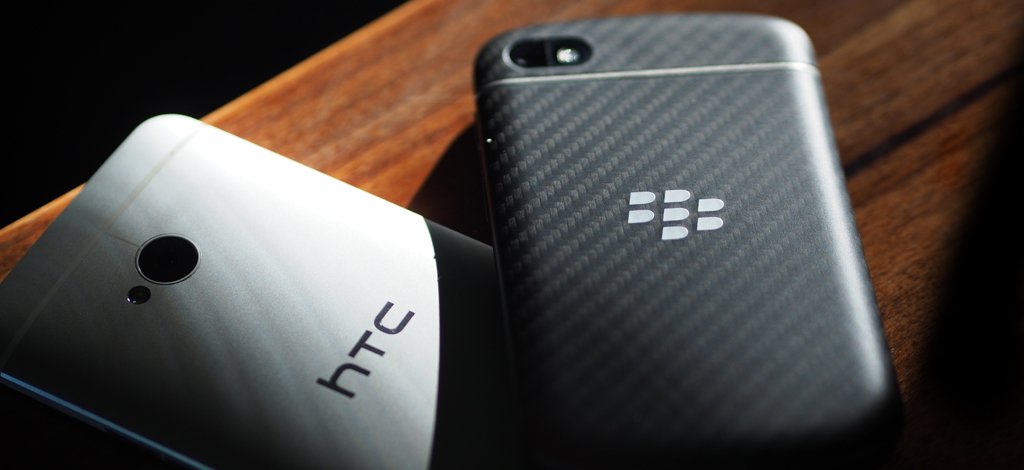
CONCLUSION
As smartphones move further and further beyond tools for business-types and the tech-obsessed, design is going to continue to become more important. All things being equal, the attractive, well-designed product is going to sell better than one that's not. We humans are genetically-drawn towards certain proportions and aesthetic principles, even if what's considered to be "fashionable" changes with time.
As important as the base appearance and functionality of a smartphone is the ability to customize it. Every modern smartphone platform offers the ability to customize the user interface to some degree. It might be as simple as changing the background and the ordering of app icons, or as deep as being able to swap out every piece of the interface, if not the entire OS. While not everybody clamors for the ability to customize, having the option doesn't hurt those who don't use it.
Hardware customization is harder nut to crack. Motorola's giving it a try with the Moto X and its casing, but they've had to build a whole new US-based workforce to be able to meet customer expectations of not waiting weeks for their device to arrive. But if your device is popular enough, you might just be able to customize it by buying a supply of cases to slap onto it at your whim.
Customization, fashion, and swap-ability are becoming the new hallmarks of personalization in the smartphone space. But what's the best way to approach that in a manner that's cost effective, user-friendly, and still results in great devices?

